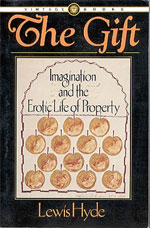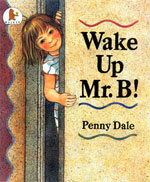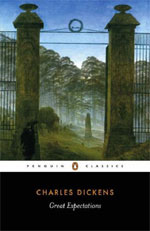
This absorbing novel recounts in lively, touching and suspenseful detail the aftermath of worlds literally colliding. Lonely, middle-aged and middle-class Clara’s car connects fatefully with that of the gypsy-like Gage family. While hospitalized after the crash, mother Lorraine learns that her bruises are actually an indication of late-stage cancer. Clara suddenly finds new meaning in her life as she takes charge of Lorraine’s three children, elementary school age Dolly and Trevor and infant Pearce, and elderly, cantankerous mother-in-law. As Lorraine battles cancer, Clara raises Lorraine’s family after L’s husband Clayton flees the situation. Clara’s friends and family rally round, and everyone learns about their capacity for patience, compassion and love. This novel offers probing reflections on selflessness versus selfishness, on charity, on all forms and types of love and caring for one’s fellow human beings.
An aspect of this novel that I initially found distracting was Endicott’s propensity for changing the narrator’s perspective so frequently, sometimes in mid-paragraph. By the end of the novel, however, I appreciated how much richer an overall experience the novel was for its interwoven voices. The novel mimics how voices naturally intermingle in normal group conversations, as if all of the characters are trying to describe the story to the reader at the same time.
Another striking aspect of this novel is its simple but arresting cover artwork. I’m not sure how often this sort of thing is remarked upon in reviews, but this book’s cover haunted me throughout. It’s a very simple picture of the end of an interior wall or doorway, upon which you can see the marks of someone measuring the heights of children. There are only a few marks, however, whereas in a home and a family where this is a tradition, there would be lots of marks. It said to me that Clara yearned to have a family and simple traditions like that, but that she only got to enjoy them for a short while. It turns out that this was the reasoning behind the image, as explained in these lovely and moving insights from the designer, which includes comments from author Marina Endicott:
http://daviddrummond.blogspot.com/2008/10/good-to-fault.html
This quotation from the Bible, which is mentioned in the novel, seems to sum it up well:
“Be not forgetful to entertain strangers: for thereby some have entertained angels unawares.” (Hebrews 13)










